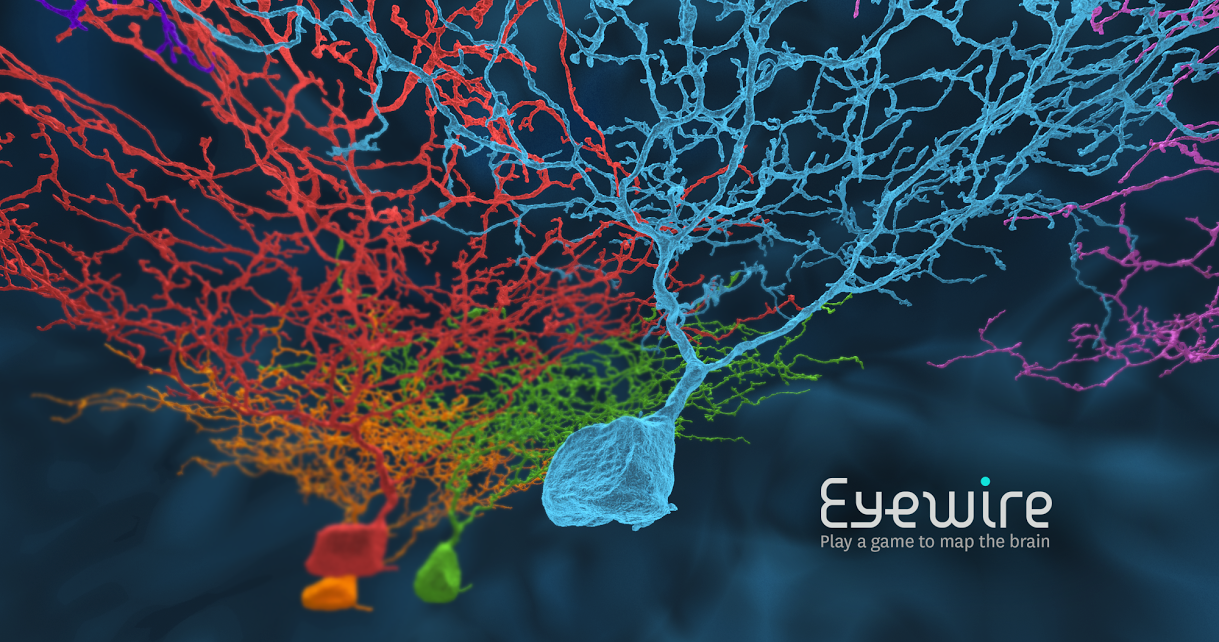Tagged: neural networks
EyeWire: Crowd Sourced Research
Do you fancy yourself a scientist? Are you unable to work in a laboratory? Now with online crowd sourcing technology, you can be on the front line of cutting-edge discoveries. In the same fashion that people raise money through crowd sourcing on websites like KickStarter and GoFundMe, researchers at MIT have created a program to capitalize on the thousands of people that have access to a computer. The project is headed by Dr. Sebastian Seung using data collected from the Max Planck Institute for Medical Research. The goals of the project are to reconstruct the three-dimensional shapes of retinal neurons from two-dimensional images, to identify synapses in order to map the connections between neurons, and to relate this connectivity with the known activity of the neurons. Completion of these tasks will contribute to the overall goal of developing the connectome, a project with the same ideal of the Human Genome Project, but for neural connections instead of genes.
Currently, Eyewire is mapping four types of cells: amacrine, bipolar, ganglion, and glial cells. Many processes are used to map these cells. First, cells are photographed using serial block-face scanning electron microscopy (SBFSEM). This technique uses two groups of materials to stain a sample. The heavy metals osmium, lead, and uranium are used and an epoxy resin, or a type of plastic, are combined to produce a sample that can easily be read by a scanning electron microscope (SEM). The heavy metals react with a focused beam of electrons coming from the SEM to create a high resolution two dimensional image. A three dimensional image is created by combining layers of the sample, with each layer being about 70 microns thick.
Connectionism
In light of the Obama Administration's decision to commit $3 billion over 10 years to NIH's Brain Activity Map project, we thought it may be important to go back to our roots.
Who are we? This is the ultimate question posed by all of Western thinking and perhaps NIH's Brain Activity Map is the culmination of our efforts. The goal of the project, in a nutshell, is "mapping the activity of every neuron in the human brain in 10 years." Absurd, outrageous, momentous, profound! Okay, so when did we decide that this was possible, or even that we should try? In their modern form, these beliefs spring from a movement in cognitive science called Connectionism.
